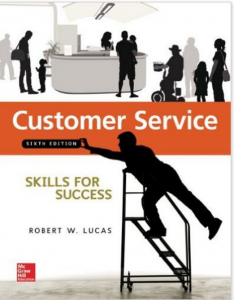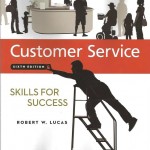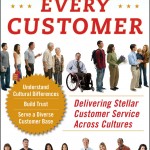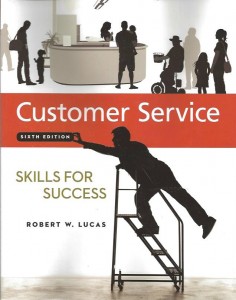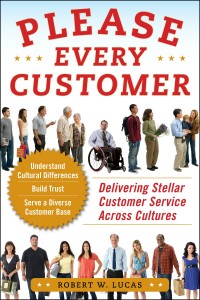Delivering Excellent Customer Service as Part of a Service Culture
Delivering excellent customer service as part of a service culture has become a pivotal determinant in the global competition between organizations. As the world has gotten smaller because of geopolitical changes, trade agreements, personal mobility, and connections via technology, the way that companies provide customer service and business has morphed. Customer retention and the establishment of customer service as a differentiating strategic policy is crucial in gaining and maintaining market share, especially for small businesses. Instead of just mouthing the words customer service to employees, they must ensure that the concept becomes part of the organization’s service culture. In order for any organization to deliver excellent customer service, it must adapt and embrace the new paradigm by investing in technology, attracting the best-qualified employees and then training them effectively.
In order to achieve customer satisfaction and reduce the customer churn rate, everyone in the organization must adopt a customer-centric approach in the way that service is provided. A paramount point for every employee to remember is that while vision starts at the top of an organization, it is the point-of-contact person who the customer reacts to and remembers. What that person says and does will often determine the outcome of interaction and what the customer says about his or her experience after it is over. Delivering anything less than excellent customer service during each customer-provider interaction can lead to the demise of customer service representatives and their organization.
All employees are involved in customer service today and must be open-minded and flexible when dealing with customers. They must embrace change, continually seek customer service training and upgrade their product and service knowledge while seeking to identify new, more effective and efficient ways to deliver service on a daily basis. This need is driven by the fact that the world is more diverse, automated and people move with a 24/7/365 (24 hours a day, seven days a week, three hundred-sixty-five days a year) mentality. Customer needs wants and expectations have changed dramatically. People expect things instantaneously and if they do not get it, they can become agitated or take their business elsewhere. Their desertion can often be accomplished with just the click of a computer mouse.
For additional articles and ideas on customer service, examine two of my books: Please Every Customer: Delivering Stellar Customer Service Across Cultures, Customer Service Skills for Success. You can also take the American Management Association self-study course, How to Be a Great Call Center Representative. All are available through the website www.robertwlucas.com.


